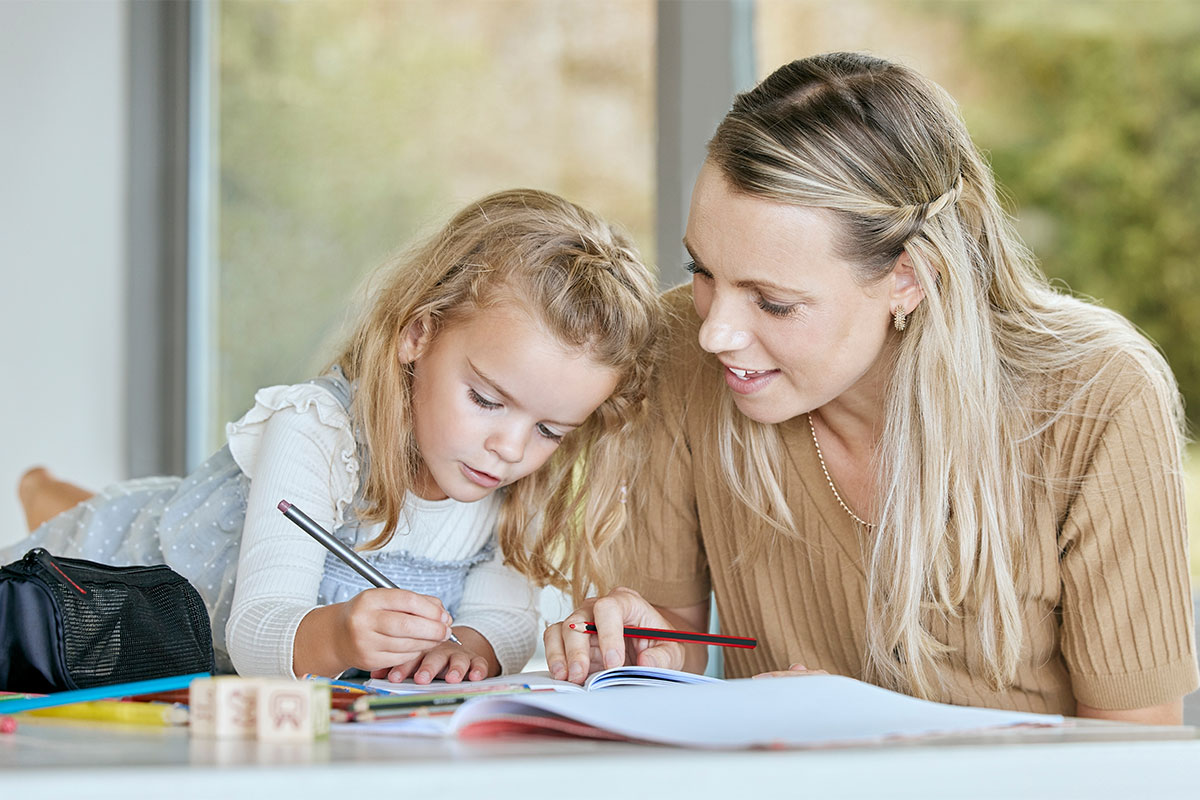It’s when you need to DO SOMETHING.
To help a student to catch up.
There is an important role for tutoring and learning support to play to help students who need a bit of a hand keeping up.
But intervention is different. It’s catching up.
The instructional level needs to be different. Often the program used for intervention is different to the one used in the classroom. The frequency and intensity need to be increased.
What’s the best way to do this?
There are studies we can draw on to advise us. Mostly they say there is a need to increase the frequency with which students are asked to respond to their learning. Teachers will do this by asking questions of the student, discussing work with them and helping them individually.
But teachers have another 25 students in the class to work with also. And no amount of asking questions will help if the work is just too hard. Sometimes this can just damage confidence.
According to sciencedirect.com,
the primary focus of academic intervention should be to increase students’ responding to instructional tasks (Skinner, Fletcher, & Henington, 1996); the more instruction promotes active responding, the better the results (Heward, 1994).
In a busy classroom it is very easy for a student who lacks confidence to respond as little as possible. To become quite anonymous. They don’t want to stand out. They don’t want everyone to know they can’t do it. So of course, they bury their heads, look busy and try very hard not to respond. Teachers are aware that the student might be self-conscious so they don’t ask them in front of the class. They will try to get to them later, but 1:1 time within the classroom is hard to find and some of the other kids can be much more demanding.
Small group or 1:1 work is the answer.
When working with a small group of students, the rate of response to instruction is vastly increased. Even more so when working 1:1. Students get to answer more questions, to ask more questions. It is more possible to allow them the wait time they need to construct their thoughts and language. They also don’t get to ‘tune out’. Because they can’t hide as easily, they stay engaged and involved. They are required to discuss, analyse, clarify and therefore recall the information or skill with much greater frequency. That is how you get results.
But there is still more to it than that.
When the work in the classroom is difficult, the student doesn’t know how to respond. There is no point asking for more responses. There is no point assigning more work.
Instruction needs to be adapted to their instructional level.
Sometimes that means going back several years below their peers. If that is where there is a gap in knowledge or skill, then that is where the instruction needs to be delivered.
Classroom teachers will do a great job of adjusting the curriculum wherever they can. We are all desperate to help students catch up academically. But they have a whole curriculum at that year level to get through. And adjusted curriculum really requires direct instruction. It’s not independent work. When the classroom is working at a higher level, the time that can be found to work closely and intensely at the adjusted level can be quite minimal.
Small group or 1:1 work is the answer, again.
Direct instruction at the right instructional level. To fill the holes in the bucket first. Sometimes a specific program will benefit the student’s needs. Sometimes we just need to go back before we can go forward. When the work is at the right level, the child is able to respond, participate, engage. Confidence builds along with skills and knowledge. There is less danger of them being embarrassed and less fear of failure. It’s important to construct the lesson this way.
And when they do need to work independently, which they will for homework, for revision, practise and mastery, it is vital that they find this work easy and not onerous. Otherwise, there are just too many other distractions and better things to do that will always win out. But if the feeling is one of, “I can do this, it’s easy, I was good at it last time,” then motivation is high, response levels become even higher and confidence continues to build.
Academic intervention is sometimes an essential step on the pathway to educational success.




